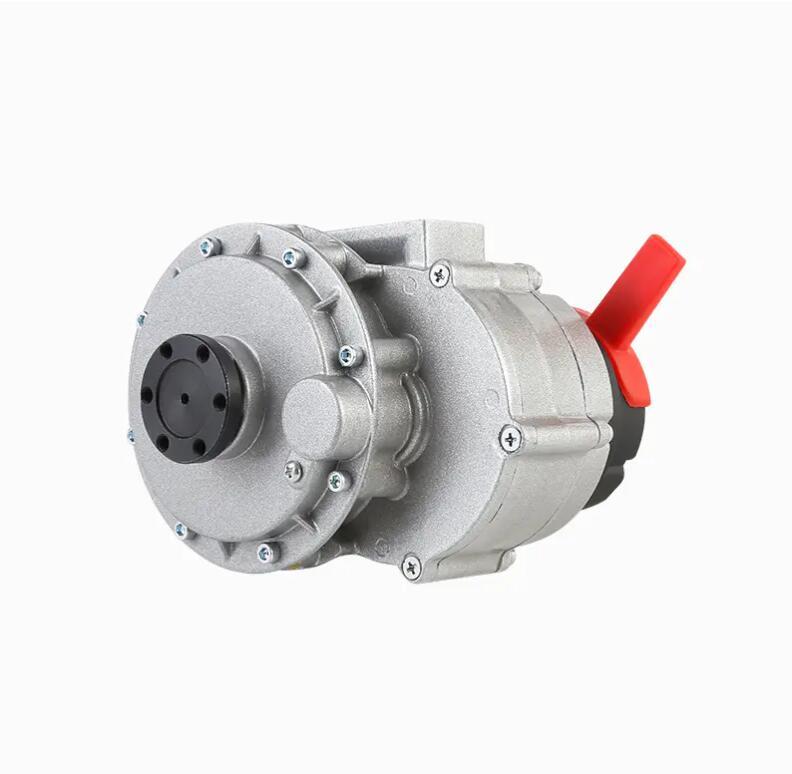DC brushed motors are fundamental electromechanical devices utilized in various industries due to their simplicity, reliability, and versatility. Understanding their components, operation, and applications sheds light on their significance in modern technology.
At the core of a DC brushed motor lies a rotor, typically composed of wire coils wound around a central core, and a stator consisting of permanent magnets. Brushes, often made of carbon or graphite, maintain electrical contact with the commutator, a segmented cylindrical core attached to the rotor shaft. These components work in harmony to facilitate motion conversion from electrical to mechanical energy.
Unlike DC brushless motors, which rely on electronic commutation for rotor synchronization, DC brushed motors employ mechanical commutation through brushes and a commutator. This key operational disparity influences factors such as efficiency, maintenance requirements, and speed control mechanisms.
DC brushed motors find extensive use in diverse applications. In automotive systems, they power windshield wipers, power windows, and seat adjustments. Robotics and automation employ them in actuators and conveyor systems for precise motion control. In aerospace, they drive auxiliary systems such as fuel pumps and actuators. Furthermore, they feature prominently in household appliances like vacuum cleaners and power tools for their compactness and cost-effectiveness.
In conclusion, DC brushed motors remain indispensable in numerous industrial sectors owing to their robustness and adaptability. Despite the advent of brushless alternatives, their simplicity and reliability continue to make them a preferred choice for many applications. Understanding their components, operation, and applications underscores their enduring relevance in modern engineering.

